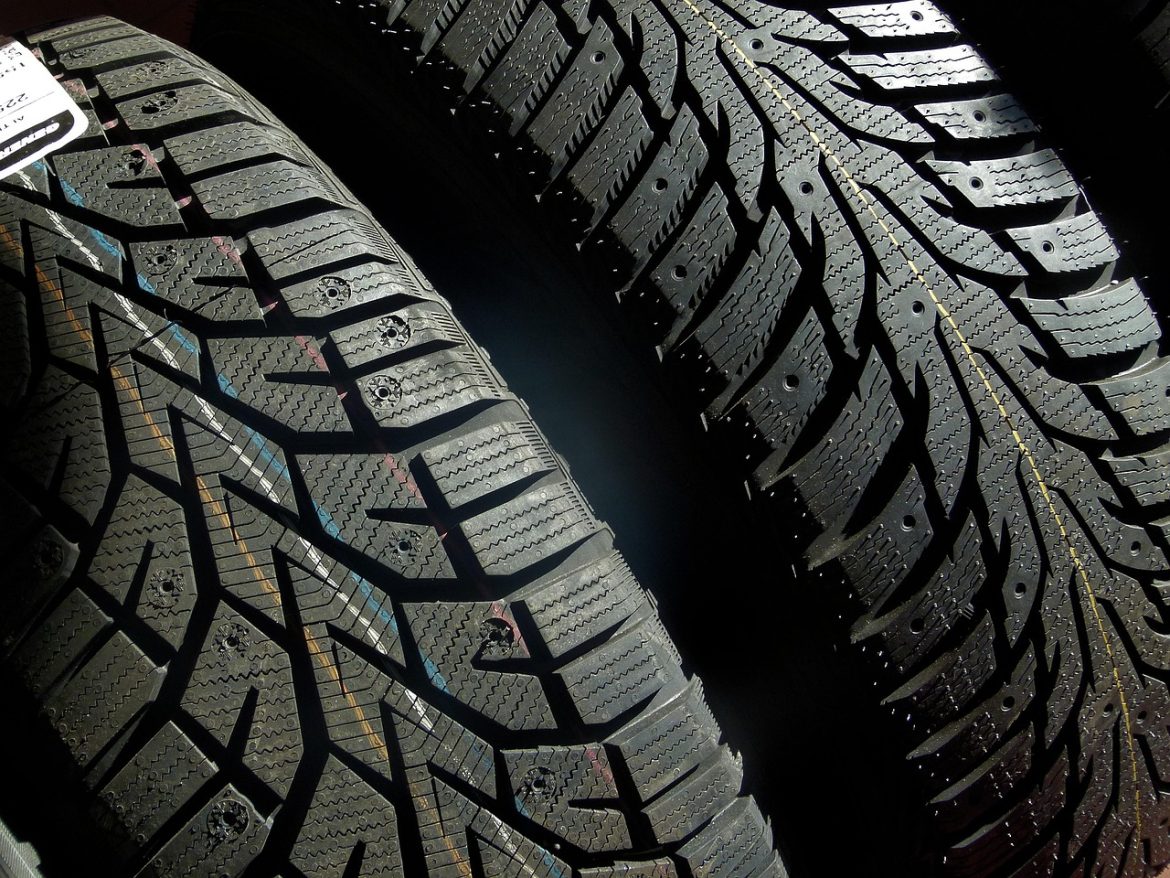
Understanding Tread Patterns in PCR Tires: What You Need to Know 
|
June 19, 2025 Tire tread isn’t just about design—it’s your car’s direct contact with the road. The right tread pattern improves safety, fuel efficiency, and driving comfort.
In this article, we’ll help you understand PCR tire tread patterns, their types, benefits, and how to choose the best one for your driving needs.
What Are PCR Tires? 🛞
“PCR” stands for Passenger Car Radial tires. These tires are commonly used on passenger vehicles like hatchbacks, sedans, and small SUVs.
Thanks to their radial construction, PCR tires offer:
- A smoother ride
- Better fuel efficiency
- Quieter driving
- Enhanced grip on paved roads
They’re designed for everyday road use, combining performance and safety in one durable package.
Understanding Tread Patterns 
The tread pattern is the unique design you see on your tire’s surface. It’s more than just appearance—it serves critical safety functions.
Key components of a tread pattern:
- Ribs: Raised rubber segments that improve contact with the road
- Grooves: Channels that help drain water and reduce hydroplaning
- Blocks: Segments that boost grip for acceleration and braking
- Sipes: Small slits in blocks that increase traction on wet roads
Together, these elements define how your tire behaves in different conditions.
Types of PCR Tire Tread Patterns 
Let’s explore the three main PCR tire tread patterns and their advantages:
 Symmetrical Tread Pattern
Symmetrical Tread Pattern
- Design: Identical inner and outer sides
- Benefits:
- Easy to rotate in any direction
- Quiet and smooth ride
- Affordable and fuel-efficient
- Easy to rotate in any direction
- Drawback: Limited grip on wet surfaces
- Best for: City driving in dry or mild conditions
 Directional Tread Pattern
Directional Tread Pattern
- Design: V-shaped grooves that point forward
- Benefits:
- Excellent water evacuation
- Superior handling in wet or snowy conditions
- Great for high-speed performance
- Excellent water evacuation
- Drawback: Can only be rotated front to back (on the same side)
- Best for: Rainy climates, long-distance driving, and performance vehicles
 Asymmetrical Tread Pattern
Asymmetrical Tread Pattern
- Design: Inside is built for wet grip; outside for dry cornering
- Benefits:
- Balanced wet and dry performance
- Improved cornering and braking
- Quieter ride
- Drawback: Rotation is restricted (can’t flip inner/outer)
- Best for: All-season driving, premium car performance
 Flow-Optimized / Hybrid Treads
Flow-Optimized / Hybrid Treads
Some modern tires combine directional and asymmetrical designs. These hybrid tread patterns offer:
- Excellent traction in all weather
- Enhanced water drainage
- Smooth and quiet performance at high speeds
These are ideal for drivers looking for versatility and performance in one tire.
How Tread Patterns Affect Safety 
Proper tread design is critical for:
- Preventing hydroplaning: Tread channels push water away, helping your car stay connected to the road.
- Better braking: Deep grooves and sipes offer more bite on slippery or dry roads.
- Handling control: Good tread allows smoother turns and better lane control.

Also look out for:
- Wear indicators (small rubber bars inside grooves)
- Uneven wear patterns—may signal alignment issues
- Cracks or punctures
Choosing the Right Tread for Your Driving Style 
| Driving Condition | Best Tread Pattern | Why |
| Mostly dry roads | Symmetrical | Quiet, fuel-efficient, easy to maintain |
| Rainy or wet conditions | Directional or Hybrid | Best water drainage, prevents hydroplaning |
| Mixed weather/climates | Asymmetrical or Hybrid | Balanced grip in both wet and dry conditions |
| Sporty/performance driving | Asymmetrical | Superior control, handling, and grip |

- Driving habits: Aggressive drivers benefit from asymmetrical tread
- Weather: Choose directional for monsoon regions
- Budget: Symmetrical tires are budget-friendly, but hybrids offer better performance
Maintenance & Tire Rotation Tips 
Proper maintenance extends tire life and ensures safety:
- Symmetrical: Rotate in any pattern—front/back or left/right
- Directional: Only front-to-back on the same side
- Asymmetrical: Rotate front/rear, but keep inner/outer sides consistent

- Check air pressure monthly
- Align wheels regularly
- Replace when tread depth is low
Sustainability & Innovation in Tread Design 
New technology is improving how PCR tires are made:
- Intelligent tread that adapts to road conditions
- Eco-friendly materials for lower emissions
- Retreadable designs for waste reduction
These advances make tires not only safer but more sustainable for our environment.
Conclusion 
Choosing the right PCR tire tread pattern plays a major role in your car’s safety, efficiency, and comfort.
To recap:
- Symmetrical: Ideal for city and daily use
- Directional: Best for wet roads and highway driving
- Asymmetrical: Perfect for all-round performance








